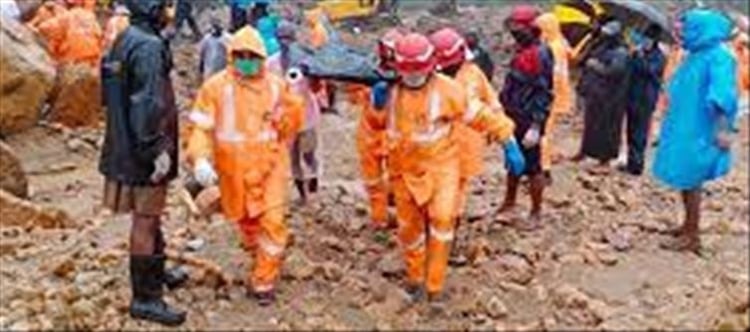
How strong is India's infrastructure to deal with disasters?
A recent study by the indian Institute of technology (IIT) Ropar has revealed that about 45% of himachal pradesh is vulnerable to landslides, floods and avalanches. This report has raised many questions. The main one is whether india is ready to deal with disasters like floods and earthquakes.
The report states that flood and landslide prone areas are mainly located in low altitude river valleys and hills, affecting districts like Kangra, Kullu, Mandi, Una, Hamirpur, bilaspur and Chamba. In contrast, the high altitude areas of Kinnaur and Lahaul-Spiti are more prone to avalanches.
Experts warned that one disaster can trigger another as there are reasons behind them, making disaster planning and risk management important.
Himachal Pradesh has witnessed a rise in cloudbursts and flash floods in recent years, leading to massive loss of life and property. The major reason behind this is attributed to human intervention, especially in eco-sensitive areas of the Himalayas. Factors such as climate change, unauthorised construction on unstable slopes and floodplains, and deforestation have worsened the situation.
A 2023 report by the National Disaster Management Authority (NDMA) also emphasised these concerns, stating that uncontrolled urbanisation and deforestation in the fragile Himalayan regions are increasing natural disasters. India's disaster management structure (NDMA) is partially competent in floods, but appears weak in preparation for earthquakes. 45% of Himachal is at risk. There is lack of centre-state coordination, funding and NBC compliance.




 click and follow Indiaherald WhatsApp channel
click and follow Indiaherald WhatsApp channel